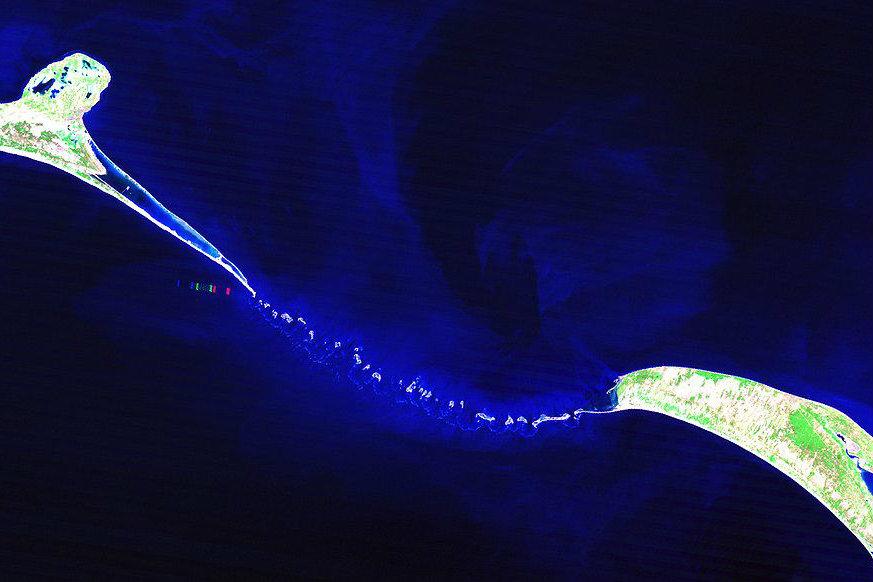According to ancient Indian legend, King Rama built a bridge between India and Sri Lanka more than a million years ago. Some have looked at NASA satellite images and noted what looks like the remnants of such a bridge. The question is whether it is man-made or a natural formation.
The Encyclopedia Britannica describes it as a “chain of shoals,” but notes: “Traditionally, it is said to be the remnant of a huge causeway constructed by Rama, the hero of the Hindu epic ‘Ramayana,’ to facilitate the passage of his army from India to Ceylon (Sri Lanka) for the rescue of his abducted wife, Sita. According to Muslim legend, Adam crossed there to Adam’s Peak, Ceylon, atop which he stood repentant on one foot for 1,000 years.”
It is known in English as “Adam’s Bridge.” It is often called Rama Setu or Ram Setu in India, named for King Rama. The truth of its origin is buried in political and religious controversy. Some have wanted to destroy the remnants of the bridge to open up a shipping channel. The proposal has been denounced by others as heresy and destruction of an important ancient heritage structure.
Arguments for it Being Man-Made
Dr. Badrinarayanan, former director of the Geological Survey of India and former coordinator of the survey division of the National Institute of Ocean Technology (NIOT) in Chennai, studied core samples from the bridge.
He told Rediff magazine that, in the 32-foot (10-meter) samples, “We found marine sands on top and below that was a mixed assemblage of corals, calcareous sand stones, and boulder-like materials. Surprisingly below that up to 4–5 meters [13–16 feet], again we found loose sand and after that, hard formations were there.”





